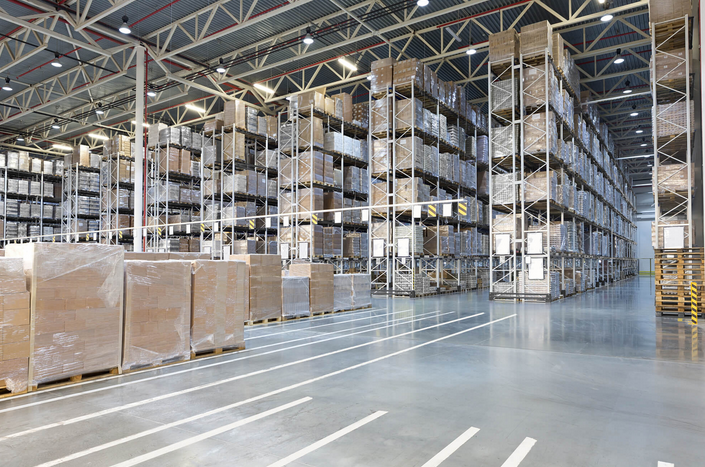Rotomolding, also called Rotomolding, is really a producing procedure that utilizes higher temperature ranges along with a slowly revolving mildew to generate plastic items of numerous styles and sizes. The procedure is popular in lots of industries, such as auto, aerospace, foods, and medical amongst others. Even so, in spite of its acceptance, the process is not at all times well-understood, with many men and women still wanting to know what rotational molding is focused on. In this posting, we are going to demystify rotational molding and require through all you need to know of the process.
Understanding Rotational Molding Approach
The whole process of rotational molding consists of several methods, starting with the prep in the mildew. Once the fungus has been ready, it is then filled with plastic material resin and warmed up till the resin melts and jackets the inner wall space in the mildew. The fungus will then be rotated slowly in the top to bottom and side to side instructions, allowing the resin to evenly deliver and adhere to the mildew. The turning fungus will then be cooled, the plastic material shrinks and solidifies, as well as the done item is eliminated.
Advantages of Rotational Molding Method
One of the most substantial benefits of the rotational molding approach is its overall flexibility. The procedure can certainly produce a array of measurements, designs, and work surface surface finishes, rendering it ideal for different industries and software. An additional advantage of rotational molding is that it can create complex component geometries, creating the procedure well suited for numerous high-overall performance applications. In addition, molds can be created utilizing many different components, including aluminum, stainlesss steel, and cast steel, permitting cost-effective design iterations and bulk creation.
Materials Used in Rotational Molding
The materials utilized in rotational molding incorporate a variety of plastic-type material resins, which includes polyethylene, polypropylene, PVC, and nylon. Each resin has various components and attributes, making it ideal for distinct apps. Polyethylene is the most common materials in rotational molding for its value, toughness, and resistance to chemicals. It is additionally light in weight and highly accommodating, rendering it suitable for utilization in vehicle and marine programs, in addition to children’s play ground gear. Pvc material, alternatively, is strong, tough, water-proof, and compound-tolerant, rendering it ideal for use in health care devices and food digesting businesses.
Uses of Rotational Molding
Rotational molding has lots of apps across a variety of sectors, which include vehicle, aerospace, underwater, health-related, and commercial. Inside the vehicle business, rotational molding can be used to generate different elements, such as vehicle bumpers, gas tanks, and air flow ducts. From the aerospace industry, rotational molding can be used to generate light, tough components for aircraft. From the sea business, rotational molding is commonly used to produce affect-tolerant hulls, buoys, and dock floats.
Bottom line:
Rotational molding is really a flexible and cost-successful developing method that is used in numerous businesses. It allows for producing sophisticated and durable components with a variety of dimensions, styles, and work surface coatings. If you are looking for any reliable and inexpensive production procedure to produce plastic pieces, rotational molding needs to be towards the top of your list. We hope the following information helps demystify the rotational molding process and provided you a much better comprehension of its benefits and applications.
